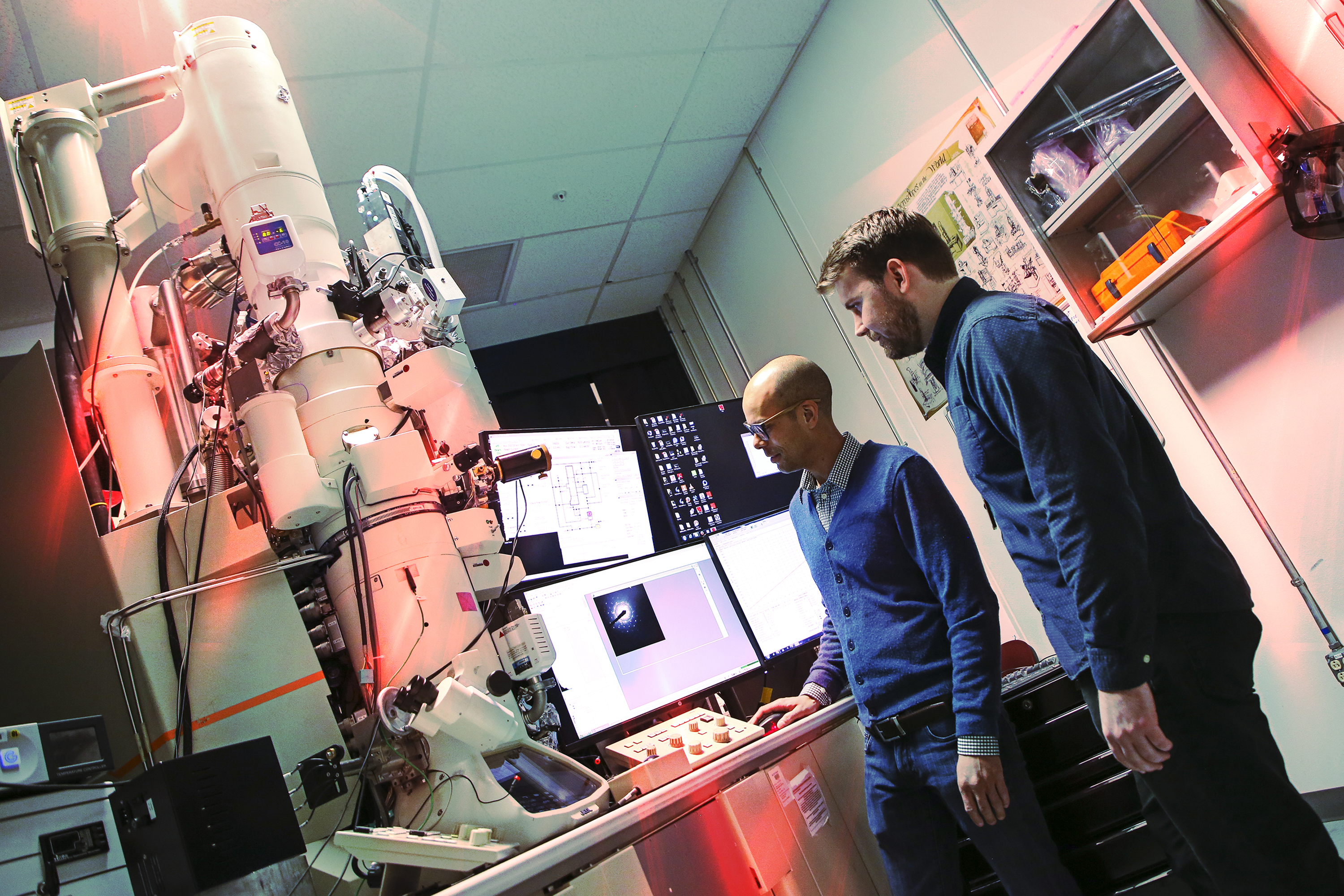Using existing experimental and computational resources, a multi-institutional team has developed an effective method for measuring high-dimensional qudits encoded in quantum frequency combs, which are a type of photon source, on a single optical chip.
Tag: Computer Simulations

Scientists chip away at a metallic mystery, one atom at a time
Based at Sandia National Laboratories, a team of scientists believes the key to preventing large-scale, catastrophic failures in bridges, airplanes and power plants is to look — very closely — at damage as it first appears at the atomic and nanoscale levels.
How superwinds help drive galactic development
Galactic superwinds – large outflows of gas created by a combination of supernova explosions and stellar winds – are closely connected to a galaxy’s earliest stages of development and evolution, including aspects like its size, shape, and even how many stars will eventually call it home.But while researchers have commonly observed these winds, very little is understood about the mechanism that drives them.
How to catch a perfect wave: Scientists take a closer look inside the perfect fluid
Scientists have reported new clues to solving a cosmic conundrum: How the quark-gluon plasma – nature’s perfect fluid – evolved into the building blocks of matter during the birth of the early universe.
Computers Help Scientists Understand the Particles that Make Up Atoms
To reduce the need for computer power, researchers typically simulate how quarks combine to make up larger particles by simulating quarks heavier than quarks found in nature. Now, using the Summit supercomputer, a team simulated much lighter quarks than possible in the past. This produced more realistic results that will help scientists investigate the Higgs boson.
Key to Carbon-Free Cars? Look to the Stars
In a decade-long quest, scientists at Berkeley Lab, the University of Hawaii, and Florida International University uncover new clues to the origins of the universe – and land new chemistry for cleaner combustion engines